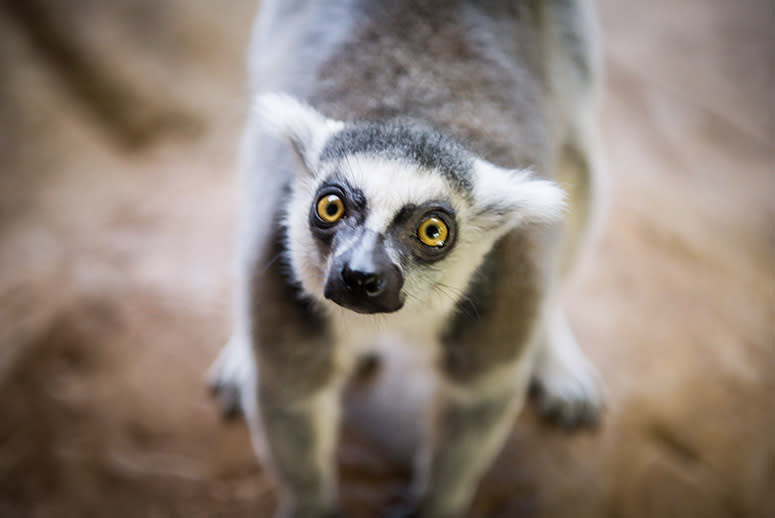In a Remote Corner of Madagascar, a New Hope for Saving Endangered Lemurs

The world became a little better for lemurs in May, thanks to a new conservation move by the island nation of Madagascar—the native home of the small primates.
On May 23, the Malagasy government officially opened Makira Natural Park, a 1,438 square-mile rainforest preserve that is home to nearly two dozen species of lemur and over 50 percent of the island's plant biodiversity, according to the Wildlife Conservation Society.
Close to 50,000 people make their homes and livelihoods around Makira, according to WCS. So 67 community associations have been engaged to directly manage the land in a large buffer zone around the park. The residents are also being offered "a range of development support activities led by WCS, including education and health activities, support to enhanced agricultural production, development of community based ecotourism, and increased access to international markets for vanialla, cocoa, raphia, and cloves that are producted around the Park," according to the organization.
“After years of effort, this remarkable landscape has emerged as a model for balancing sustainable livelihoods and wildlife conservation,” said Joe Walston, WCS vice president for field conservation, in a statement.
Makira shelters 20 species of lemur, four of them critically endangered: the black-and-white ruffed lemur, the indri, the red-ruffed lemur, and the silky sifaka.
RELATED: How Saving Madagascar's Lemurs Will Save Its Rainforests
With the creation of Makira, the government has taken a step in the right direction for lemurs, said Lynne Venart, project manager and creative director for the Lemur Conservation Network. “In Madagascar it's important in general to preserve all the [rainforest] land that's left, because 90 percent of lemur habitat has been destroyed.”
The attention and economic activities generated by the park—which has already created revenue through carbon credits sold by the Malagasy government—will help protect the land and the lemurs, she said.
“This area has had a lot of trouble with illegal logging," Venart added. "It's so remote and mountainous that it's hard to patrol. Once you make a national park, that [brings] more infrastructure and patrolling, more ranger stations that should help cut down on poaching.”
Related stories on TakePart:
• How Democracy Can Save Madagascar's Endangered Lemurs
• Watching These Newborn Baby Lemurs Will Brighten Anyone’s Day
• Watch a Troop of Adorable Lemurs Frolic at the London Zoo
Original article from TakePart

